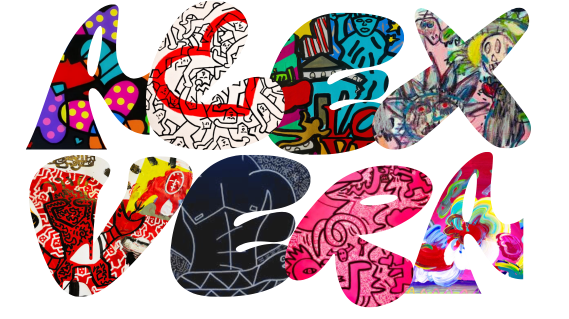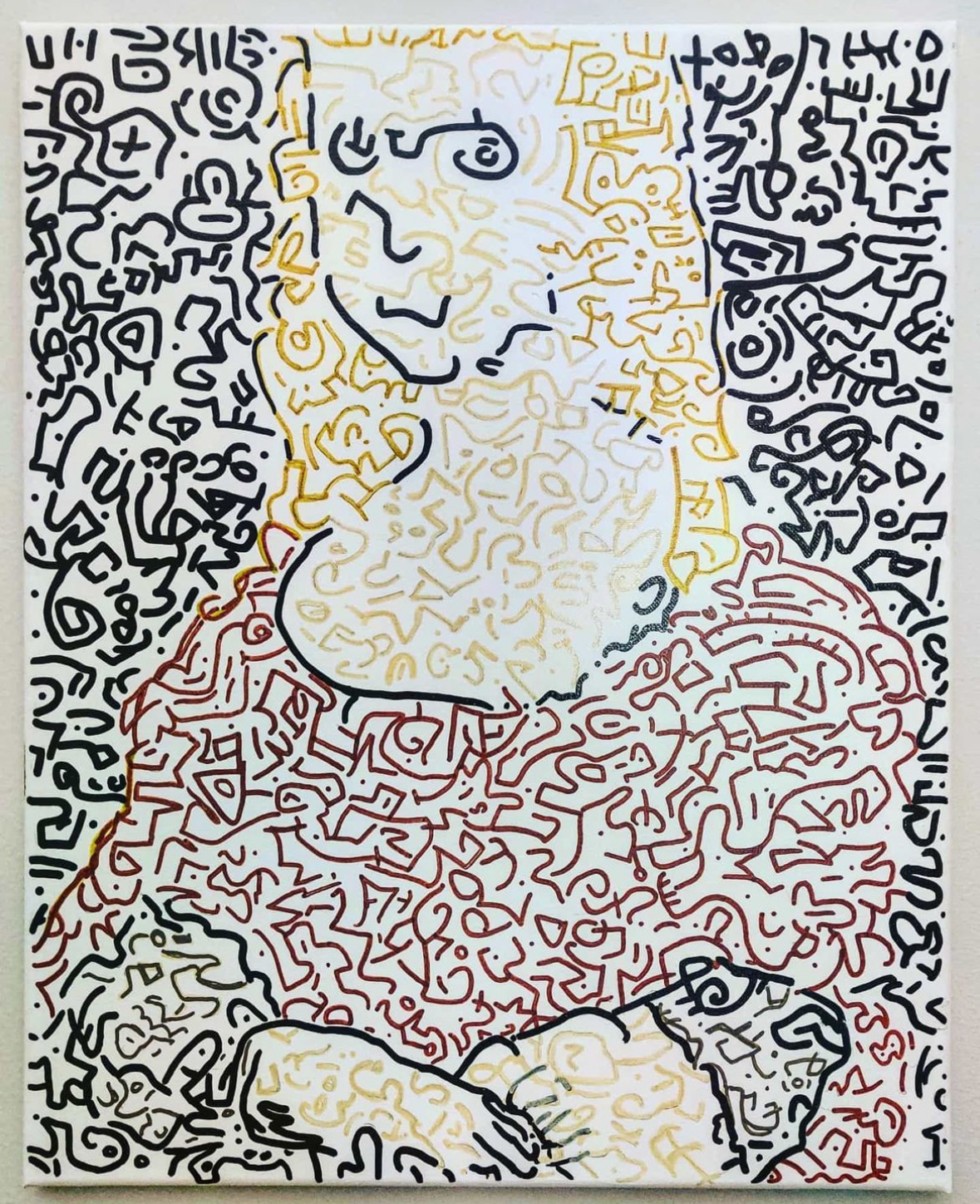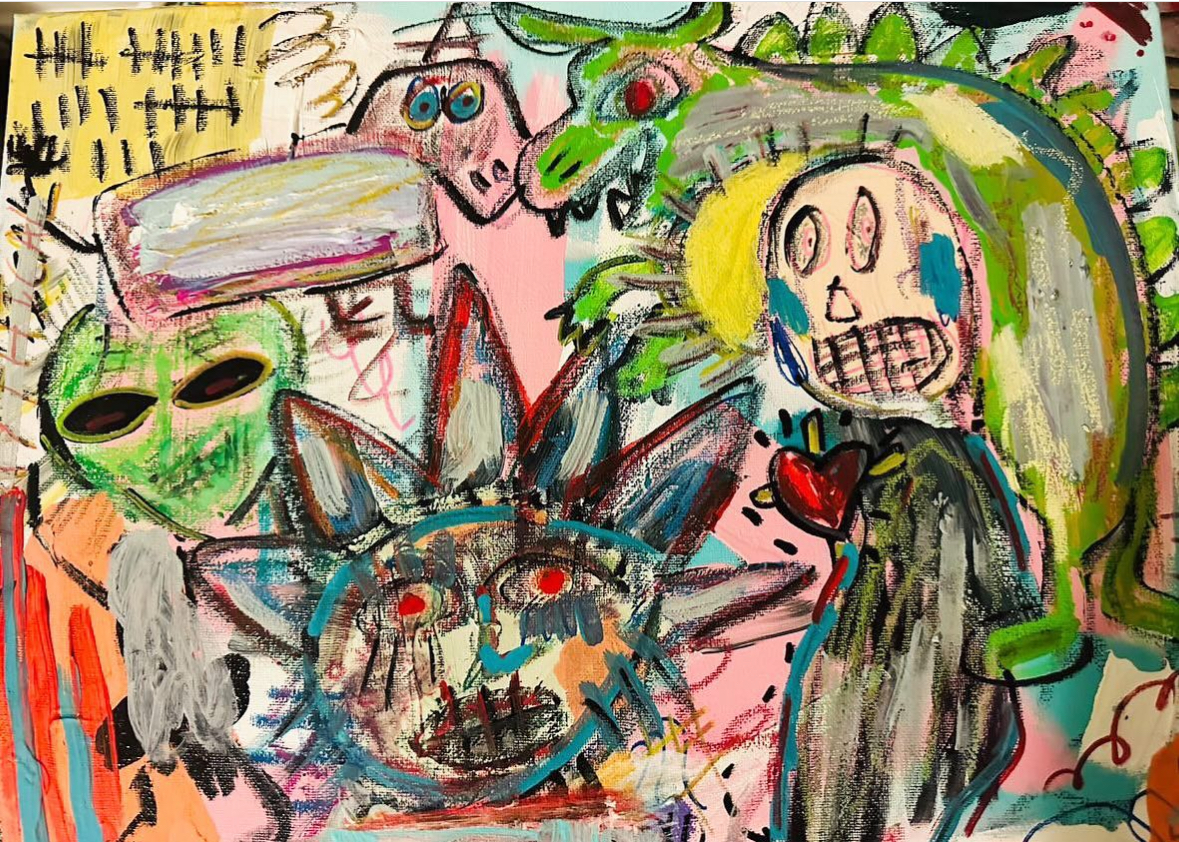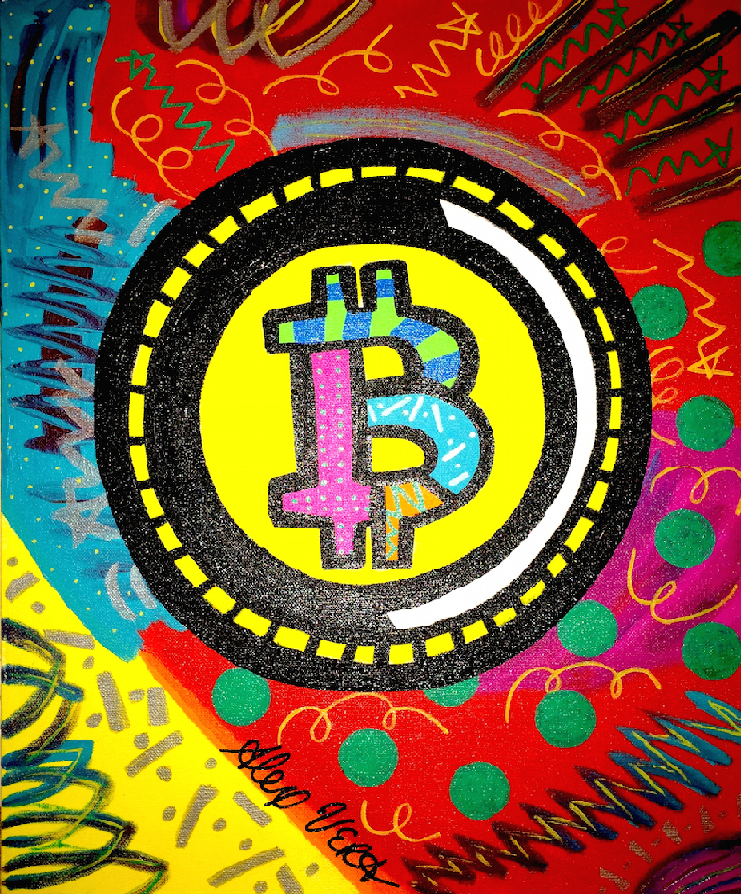The Rise, Fall, and Redemption of Damien Hirst: From Controversial Artist to Master of His Craft
Once upon a time, the art world witnessed the meteoric rise of Damien Hirst, an artist who made a name for himself with his extraordinary and thought-provoking works. In the late 90s and early 2000s, Hirst’s sculptures, including those that featured animals floating in formaldehyde, became the talk of the town. His pieces fetched high prices at auctions, making everyone involved in the art market, including his dealers and collectors, extremely wealthy.
However, things took a turn for the worse in 2008 when Hirst decided to auction off a staggering $200 million worth of art, bypassing the dealers and going directly to Sotheby’s. This move backfired, and his prices and auction volumes plummeted. Collectors who had invested millions of dollars in his art found themselves with pieces that were worth significantly less.
Fast forward to today, and Hirst’s fortunes have turned once again. His latest show in Venice has reportedly brought in an astonishing $330 million in sales, surpassing even the high point of his career. Despite the setback of 2008, it seems that Hirst’s star is on the rise once more, and his collectors are once again reaping the rewards of investing in his visionary art.
The story of Damien Hirst is one of hubris and nemesis, a tale of a talented artist who soared to great heights, only to suffer a spectacular fall. But it is also a story of resilience and redemption, of an artist who refused to be defeated and who has once again proven himself to be a true master of his craft.

Why Damien Hirst’s Relevance and Power in the Art World Were Misjudged: A Closer Look Beyond Auction Prices
So why do many knowledgeable observers—from Sarah Thornton in The Economist, in 2012, to Robin Pogrebin in theTimes, this past February—think that Hirst became a persona non grata in the art world, stripped of his relevance and power? The answer comes from Pogrebin, who explained in May that she was looking mainly at auction prices: The auctions enable me to be privy to what’s happening in the art market—who’s buying and what certain artists are selling for. I can watch, for example, how auction prices for the once red-hot artist Damien Hirst have declined and then decide to do a story on his recent attempts at a comeback.
This approach is the art-market equivalent of the drunk man looking for his keys under the lamppost, just because that’s where the light is, even though he has no particular reason to believe that they’re there. To judge Hirst’s fortunes by looking at his auction results is to completely miss just how successful he has been over the past decade.
Hirst has been happily selling hundreds of millions of dollars’ worth of art to more-than-willing collectors while effectively sidelining the auction houses, where collectors sell their works. He has even, sometimes, circumvented the entire gallery system, where most artists sell their work to collectors in the first place. Hirst has built an extremely pure and effective business; it’s just not visible in the way that public auctions are.

How much is a Damien Hirst painting worth?
The most one has ever paid for a Damien Hirst painting is $19,213,270 for the painting Lullaby Spring. Before September 15, 2008, the art world was familiar with the established gallery-system game. But Damien Hirst broke the rules and started selling his art directly to collectors on a massive scale. His galleries were left fuming, but Hirst was now free to create and sell whatever he wanted, at any price point.
This kind of autonomy is almost unheard of for gallery artists. Galleries typically sell their artists’ work below market value, allowing collectors to believe they made a smart investment. They also strategically increase the artist’s prices for each show to incentivize early and frequent purchases. And while galleries pretend to disapprove of collectors selling their work for a profit at auctions, they secretly love it when it happens. This phenomenon validates the value of the artist’s work and encourages other collectors to buy in, increasing the gallery’s revenue.
Hirst’s decision to bypass the traditional system was a risky move, but it paid off. His success may not be visible in auction results, but it’s undeniable. By shaking up the status quo and forging his own path, Hirst has become a trailblazer in the art world. The art world is a complex and often lucrative ecosystem, but at its heart is a simple concept: buying low and selling high. Galleries are the gatekeepers of this system, with the power to anoint artists with fame and fortune or cast them into obscurity. But this power comes with a price, and that price is playing by the rules of the game. The game is simple: art works have a primary value, which is what they sell for in the gallery, and a secondary value, which is what they would sell for at auction. The entire gallery system is built on the assumption that every art work has a secondary-market value, and that this value can be predicted and manipulated. The goal, for both galleries and collectors, is to buy low and sell high, and the only way to do that is to guess which artists will become hot commodities in the future. Even the most serious and intellectual gallerists are not immune to this game. They must play along or risk being left behind. They must make promises about the future value of their artists’ works, and they must deliver on those promises or risk losing their credibility. This is why you’ll often hear collectors talking about “investing” in art, as though it were a sure thing.

Damien Hirst Bypasses Galleries
But there are some artists who refuse to play by these rules. Damien Hirst is one of them. He realized that he didn’t need the galleries to sell his art. He could sell it directly to collectors, at whatever price he wanted. This allowed him to make the art he wanted to make, without worrying about what would sell or not. And it allowed him to sell his art for the prices he thought it was worth, rather than what the galleries thought it was worth.
This was a radical departure from the gallery system, and it made Hirst a lot of enemies in the art world. But it also made him very successful. He was able to build a business based on the purity of his vision, rather than the whims of the market. He was able to sell art to people who loved it, rather than people who thought they could make a quick profit. And he was able to prove that there is another way to play the game of art.
The art market is often seen as a game, where the goal is to buy low and sell high, with the value of a work of art measured by its secondary-market value. Galleries play a crucial role in this game, setting prices for their artists’ works and establishing a sense of prestige and exclusivity around their names. But who really benefits from this game? Not the artists themselves, who often receive only a small fraction of the final sale price. Damien Hirst, however, saw the game for what it was and decided to break the rules.

Damien Hirst Sells To Sotheby’s
By selling his work directly to collectors and bypassing the traditional gallery system, Hirst was able to take control of his own fortunes. No longer bound by gallery constraints, he could make the art he wanted to make and sell it at whatever price his collectors were willing to pay. This was a bold move, but it paid off: Hirst’s 2008 auction at Sotheby’s was a huge success, with the artist himself reaping the benefits of record-breaking prices.
While some may see Hirst’s declining auction volumes and prices as a sign of his decline, the reality is that it is the collectors who are losing out. They can no longer rely on flipping Hirst’s work to make a quick profit, and must now hold onto it for longer if they want to see a return on their investment. Hirst, on the other hand, continues to make millions by selling his work directly to collectors who are willing to pay top dollar for his art. This is a new game, one that Hirst is playing on his own terms, and it’s one that is changing the art world as we know it.
The art world is often viewed as a cut-throat game, with collectors and gallerists alike vying for profit and status. However, Damien Hirst’s departure from the traditional gallery system and his 2008 auction at Sotheby’s marked a new era for the artist and the art market.
While many critics point to Hirst’s declining auction prices, they fail to recognize that Hirst has shifted his focus from commodities to luxury goods. His works are now created to be consumed and enjoyed, not bought and sold for profit. Hirst has mastered the art of placing his works with collectors who appreciate his art for its aesthetic value rather than its potential resale value.

What Is Damien Hirst Worth?
As a result, Hirst has continued to make vast amounts of money, despite the declining auction prices. His buyers from the 2008 auction, who bought his works because they loved them and wanted to own them, have not sold them, reinforcing the idea that art is a luxury good to be cherished, not just another commodity to be traded.
Hirst’s success highlights the idea that art should be bought with the eyes and not the ears, and that true value lies in the enjoyment and appreciation of the work, not just its market price. By moving away from the traditional gallery system and embracing luxury goods, Hirst has created a new model for success in the art world.
Damien Hirst has managed to redefine the art world, creating a new category of luxury goods that are meant to be consumed and enjoyed. His unapologetic commercial approach has allowed him to make vast amounts of money, with collectors willing to pay top dollar for his unique and captivating pieces. And he’s not slowing down anytime soon. In 2012 alone, he sold $110 million worth of new work, and his Venice show has been a resounding success.
Hirst’s ability to create a license to print money has even transformed the Venice Biennale, traditionally a curated show where nothing is for sale, into a massive shopping mall for collectors. This year, Hirst took over two museums run by François Pinault and openly attached price tags to everything. Museums aren’t supposed to work that way, but for Hirst, it’s just another way to sell his art.
Despite criticism from both the romantic and cynical camps of the art world, Hirst continues to be popular among collectors and the general public alike. He’s having fun, and he’s raking in hundreds of millions of dollars from collectors who are more than happy to give it to him. There’s no death spiral here: Damien Hirst is living large.
But where will this all lead? Will Hirst’s commercial approach ultimately lead to the demise of the art world as we know it? Or will it inspire a new generation of artists to embrace their commercial instincts and make a living doing what they love? Only time will tell.







